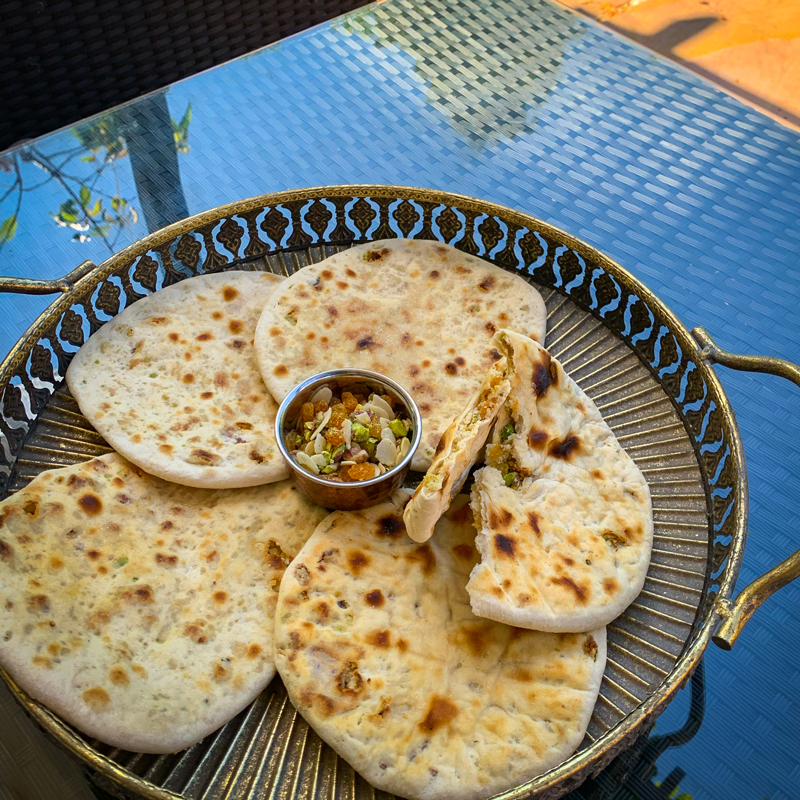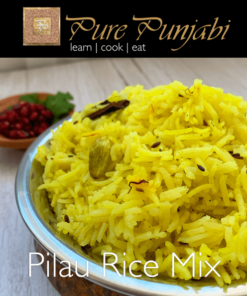Peshwari Naan Mix
Our Pure Punjabi Peshwari Naan Mix makes delicious leavened flatbreads, with a sweet filling of almonds, pistachio, golden sultanas, which is traditionally served at very special occasions (weddings, feasts & banquets). You can make this for someone very special!
Contains 2 sachets – one for the Naan dough mix, and one for the filling, which contains a generous 270g of all the dried filling ingredients: dried fruits, almonds and pistachio nuts and sugar, and makes 4 medium or 5 small size naans. Simply add fresh milk and oil. Brush with melted ghee or butter when cooked. Method instructions come through via email, after purchase.
Available singly, or as packs of 2 so that you always have them to hand!
Nothing artificial and made by us for you.





















Reviews
There are no reviews yet.